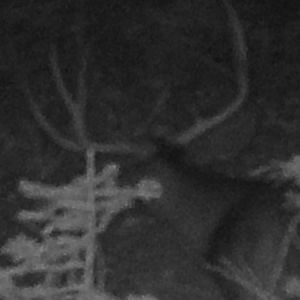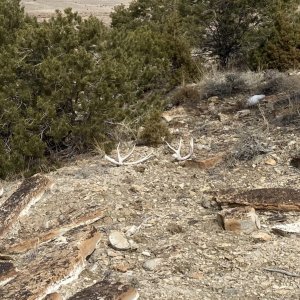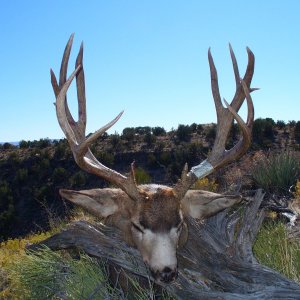Here is part of what Doc says about modern substitutes, "Another factor is that their residues are even more soluble in water than black powder. They also burn more completely so are somewhat cleaner and leave less residue in the barrel after firing. All this means that they are apparently easier to clean, with companies competing for shooters dollars by advertising how few patches are required to clean a barrel after shooting their product. You would think that all the advantages lie with the new substitutes.
Unfortunately, this is not the case. Chlorates are the problem. The presence of chlorate residues in a muzzle loading or black powder cartridge barrel introduces the possibility of faster and deeper corrosion, even in stainless barrels. This not the case with Black Powder. The weak sulfuric and nitric acids that can form with the combination of black powder residues and, water/water vapor are not nearly the problem that present with chlorate residues. If the least bit of water or water vapor is left in the barrel to mix with chlorate residues, hydrochloric acid will form. This acid is intensely corrosive, causing surface pitting in the best of barrel steel, including stainless. Worse, if the pitted barrel is fired, the pressure drives even more chlorate residue into the pits, which become progressively harder to clean out as they get deeper. Sooner or later, the barrel is ruined.
I see many rifles with deep chlorate pitting in the breech area. The breech is the hardest place to clean on an in-line muzzle loading rifle, thus gets the least attention. So deep pitting in this area is a common problem. It also indicates a potential problem with the barrel interior. If I get a rifle with deep pitting in the action area, I have come to count on seeing pitting in the barrel, indicating the poor cleaning practices of the owner/shooter"












